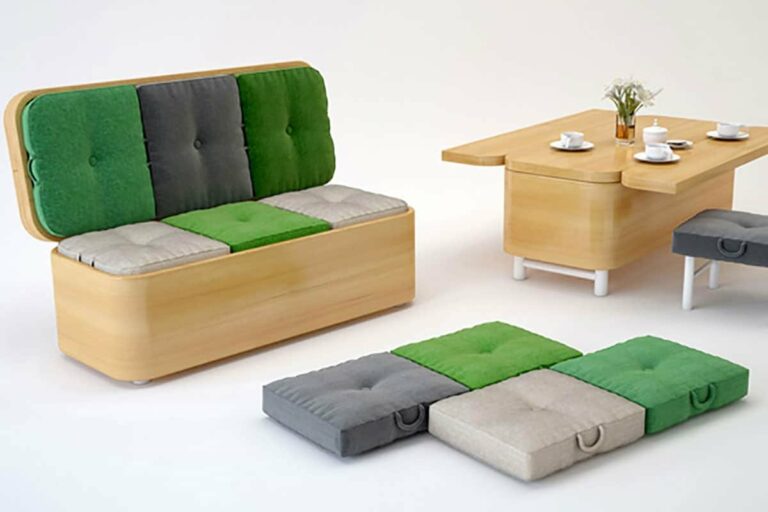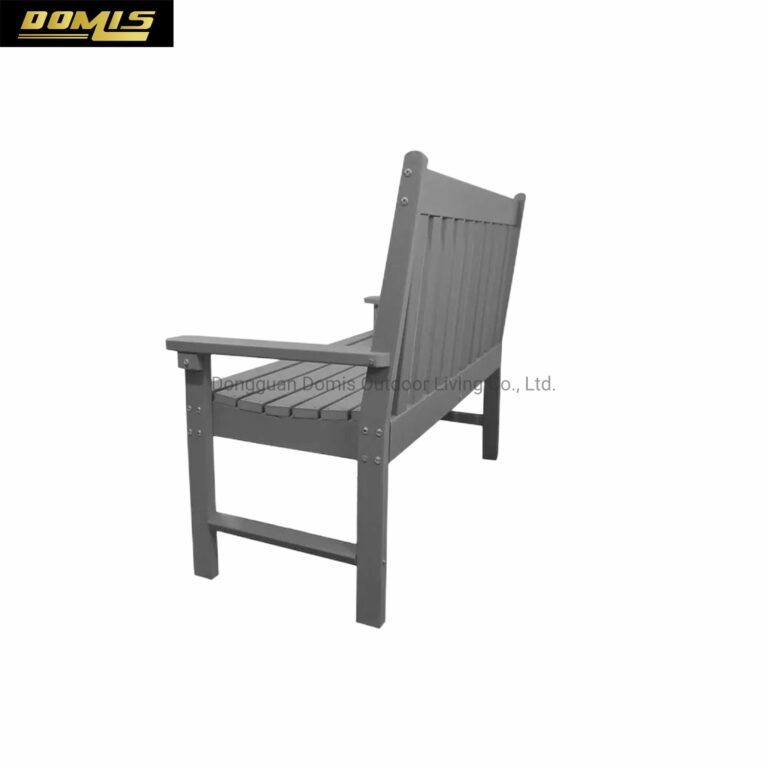Choosing Pet-Proof Eco-Friendly Furniture: Expert Tips
Today we discuss Choosing Pet-Proof Eco-Friendly Furniture. If you’re in search of environmentally friendly furniture that can withstand your pet’s scratching, you’ve come to the right place! Finding pet-resistant furniture doesn’t have to be difficult.
This guide will help you choose stylish and durable eco-friendly options that can handle your furry friend’s claws. Learn how to select sustainable furniture that is pet-friendly and resistant to scratches. Let’s begin!
Choose Eco-Friendly Furniture That Is Resistant to Pet Claw Marks?
Section 1: Understanding the Importance of Eco-Friendly Furniture
In today’s world, being conscious of our environmental impact is more important than ever. Choosing eco-friendly furniture not only helps reduce our carbon footprint, but it also promotes sustainability and supports responsible manufacturing practices. When you have pets at home, selecting furniture that is resistant to their claw marks becomes crucial. In this guide, we will explore the various factors to consider when choosing eco-friendly furniture that can withstand the wear and tear of your furry friends.
Section 2: Material Selection
One of the first things to consider when choosing pet-friendly furniture is the type of material used. Opting for durable and scratch-resistant materials ensures that your furniture can withstand your pet’s claws. Here are some materials to consider:
- Microfiber: Microfiber upholstery is known for its durability and resistance to claw marks. It is also easy to clean and maintain, making it a pet-friendly option.
- Leather: Genuine leather is another excellent choice as it naturally resists scratches. Look for furniture made from top-grain or full-grain leather for maximum durability.
- Outdoor Fabrics: Outdoor fabrics are designed to withstand harsh weather conditions, making them a great choice for pet owners. These fabrics are often treated to resist stains, fading, and claw marks.
- Bamboo: For eco-conscious pet owners, bamboo furniture is a sustainable option. Bamboo is a fast-growing and renewable resource that can be incredibly durable when used in furniture construction.
Section 3: Furniture Construction
Aside from the material, the construction of the furniture plays a significant role in its resistance to pet claw marks. Look for the following features when evaluating furniture:
- Strong Frame: A sturdy frame made of hardwood or metal will help prevent damage from clawing.
- Tight Upholstery: Furniture with tight upholstery, such as tight weaves or leather stitching, is less likely to snag or tear.
- Reinforced Corners: Corners tend to be vulnerable to scratching. Choosing furniture with reinforced corners can provide added protection.
- Secure Trim: Trim and decorative elements should be securely attached to prevent them from becoming targets of your pet’s claws.
Section 4: Choosing Pet-Friendly Designs
While the material and construction are essential, selecting pet-friendly designs can also make a difference. Consider the following design elements:
- Avoid Light Colors: Light-colored furniture may show claw marks more prominently. Opt for darker shades to help camouflage potential scratches.
- Patterned Fabrics: Patterns and textures can help hide minor scratches and claw marks, making them less noticeable.
- Texture Variation: Furniture with textured surfaces or fabrics can make it more challenging for a pet to find a suitable scratching spot.
- Removable Covers: Furniture with removable and washable covers allows for easy cleaning and maintenance, reducing the visible signs of wear caused by pets.
Section 5: Protective Measures
Even with resistant materials and pet-friendly designs, it is important to take additional protective measures to safeguard your furniture. Here are some suggestions:
- Provide Scratching Alternatives: Invest in a scratching post or pad to redirect your pet’s scratching behavior away from your furniture.
- Trim Your Pet’s Nails: Regular nail trims can help minimize the impact of your pet’s claws on your furniture.
- Use Furniture Protectors: Protective accessories, such as slipcovers or furniture throws, can offer an extra layer of defense against claw marks.
- Apply Scratch-Resistant Spray: There are sprays available on the market that can help protect furniture surfaces from scratches caused by pets. Follow the manufacturer’s instructions for application.
Section 6: Researching Pet-Friendly Brands
When searching for eco-friendly furniture that is resistant to pet claw marks, it is important to choose brands that prioritize both sustainability and durability. Look for companies that:
- Use Recycled Materials: Furniture made from recycled materials helps reduce waste and decreases reliance on new resources.
- Follow Sustainable Practices: Seek out brands committed to ethical manufacturing practices and environmental responsibility.
- Offer Pet-Specific Collections: Some furniture companies design specific lines tailored to pet owners, accommodating the unique needs of pets while maintaining eco-friendly principles.
Section 7: Consult Reviews and Recommendations
Before making a purchase, take the time to read reviews and seek recommendations from other pet owners. Their firsthand experiences can provide valuable insights into the durability and pet-friendliness of specific furniture brands and models. Look for reviews that specifically mention resistance to pet claw marks.
Section 8: Seek Professional Advice
If you are unsure about which eco-friendly furniture options are most resistant to pet claw marks, consider consulting with a professional interior designer or furniture specialist. They can provide personalized recommendations based on your specific needs, budget, and pet requirements.
Section 9: Maintenance and Care
To ensure your eco-friendly furniture remains resistant to pet claw marks, proper maintenance and care are essential. Here are some general tips:
- Clean Spills Promptly: Accidents happen, but cleaning up spills quickly can prevent stains or damage to your furniture.
- Follow Manufacturer’s Guidelines: Each piece of furniture may have specific care instructions. Follow them to maintain the integrity of the material and preserve its resistance to claw marks.
- Regularly Vacuum: Removing pet hair and debris regularly can prevent scratches and maintain the appearance of your furniture.
- Use Pet-Friendly Cleaning Products: When cleaning your furniture, choose non-toxic cleaning products that are safe for pets.
Section 10: Balancing Eco-Friendliness and Pet-Friendly Features
Choosing eco-friendly furniture that is resistant to pet claw marks involves finding a balance between sustainability and functionality. While prioritizing eco-conscious brands and materials, it’s important to consider your pet’s comfort, behavior, and specific needs. Remember, your furniture can be both pet-friendly and environmentally responsible!
Faqs for Choosing Pet-Proof Eco-Friendly Furniture:
Yes, some furniture finishes are more effective at protecting against pet claw marks. Look for furniture with scratch-resistant coatings, such as polyurethane or laminate finishes. These finishes create a strong barrier that can withstand scratches and prevent them from penetrating the furniture’s surface. Additionally, furniture with textured finishes or distressed looks can help mask and minimize the appearance of any claw marks that may occur over time.
Yes, some materials are naturally more resistant to pet claw marks. Hardwoods like oak or maple are generally more resistant to scratches compared to softer woods like pine. Metal furniture, such as stainless steel or aluminum, is also highly durable and less likely to be marked by pet claws. Additionally, synthetic materials like microfiber or synthetic leather can offer good scratch resistance. It’s important to choose furniture made from these materials to ensure longevity and resistance to pet claw marks.
Yes, certain furniture designs are more resistant to pet claw marks. Look for furniture with hidden compartments or features that can divert your pet’s attention away from the main surface. For example, a sofa with built-in scratching posts or a coffee table with a hidden scratching area can provide alternative surfaces for your pet to scratch. Additionally, furniture with removable and washable covers can be beneficial as it allows you to easily clean any claw marks or stains that may occur.
Yes, there are furniture brands that offer eco-friendly options specifically designed for pet owners. These brands understand the need for furniture that can withstand pet claw marks and provide additional features to cater to pet owners. They may use materials like recycled wood or recycled plastic in their production processes. Look for furniture labeled as “pet-friendly” or “pet-resistant” to ensure you are choosing an eco-friendly option that meets your specific needs.
When selecting eco-friendly furniture, it’s important to consider the safety of your pets. Look for furniture that does not contain harmful chemicals or toxins that could be harmful if ingested by your pets. Choose furniture made from non-toxic materials and finishes. Additionally, ensure that the furniture is stable and securely built to prevent any accidents or injuries to your pets. Reading customer reviews and product certifications can also provide insight into the safety and pet-friendliness of the furniture you are considering.
Final Thoughts
In conclusion, choosing eco-friendly furniture that is resistant to pet claw marks is essential for pet owners who want to maintain a sustainable and durable living space. By opting for materials like microfiber or leather, which are known for their durability and resistance to scratches, pet owners can ensure that their furniture remains in good condition over time. Additionally, considering furniture with built-in features such as scratching posts or protective covers can provide an extra layer of defense against pet damage. By taking these factors into account, pet owners can create a pet-friendly and environmentally-conscious home.


